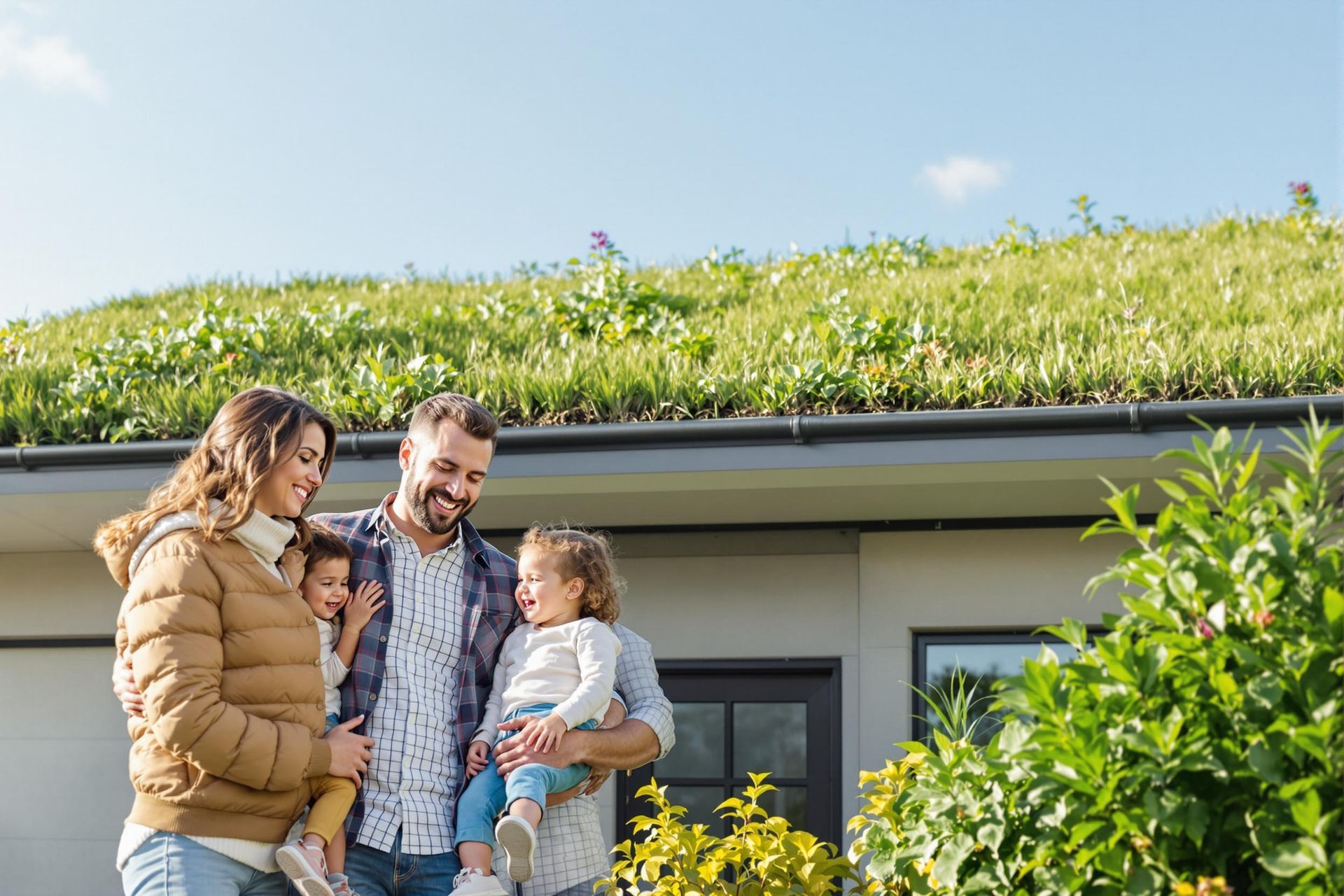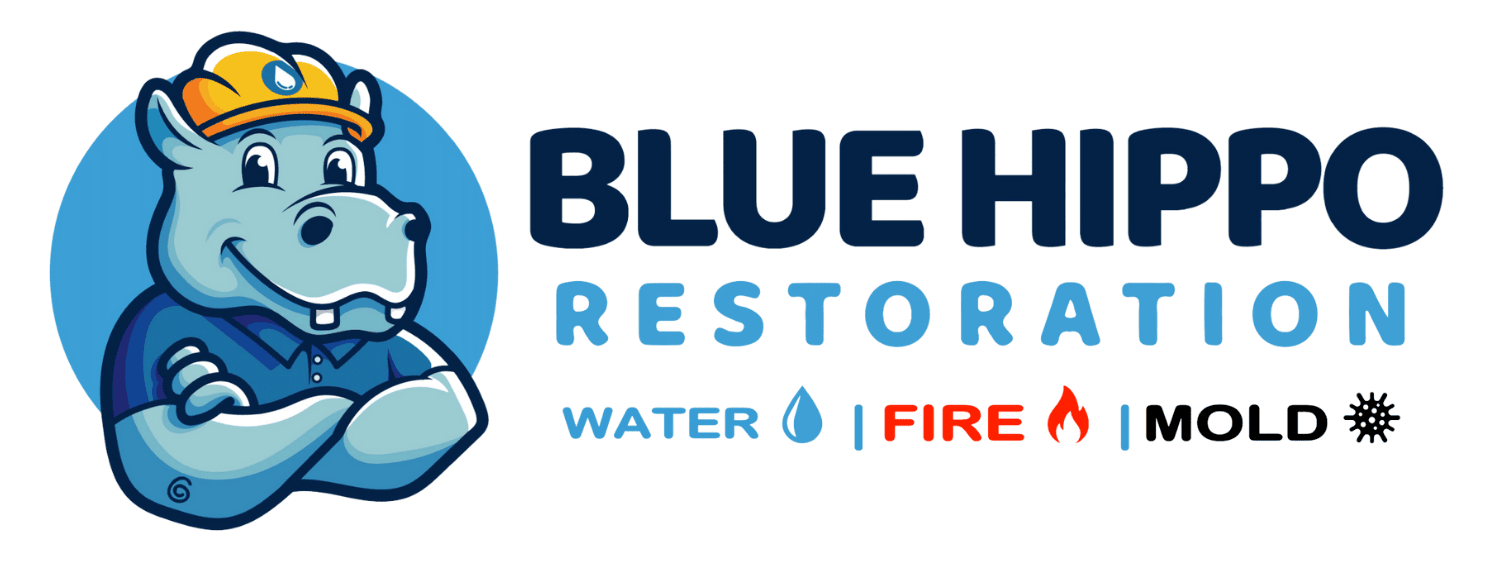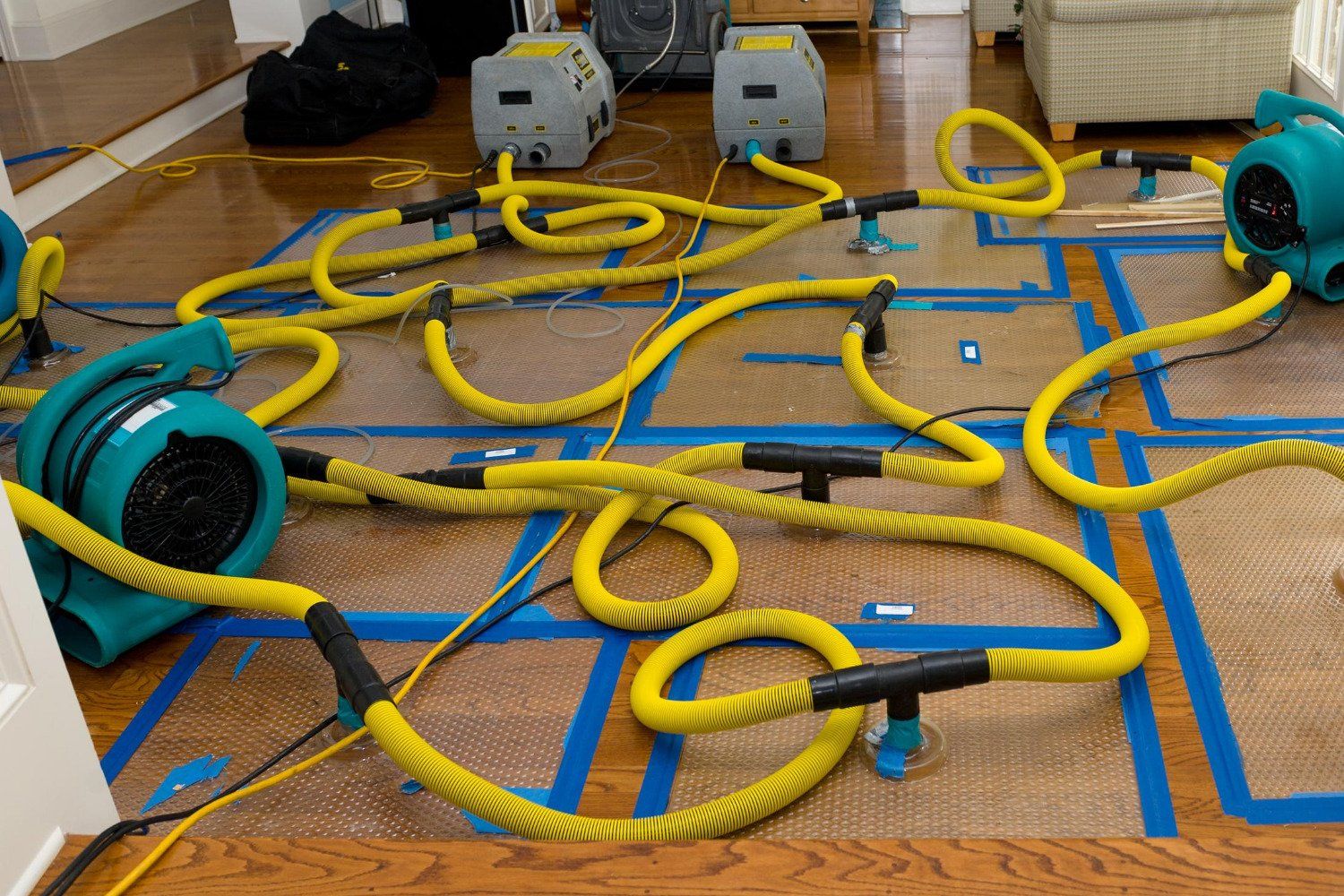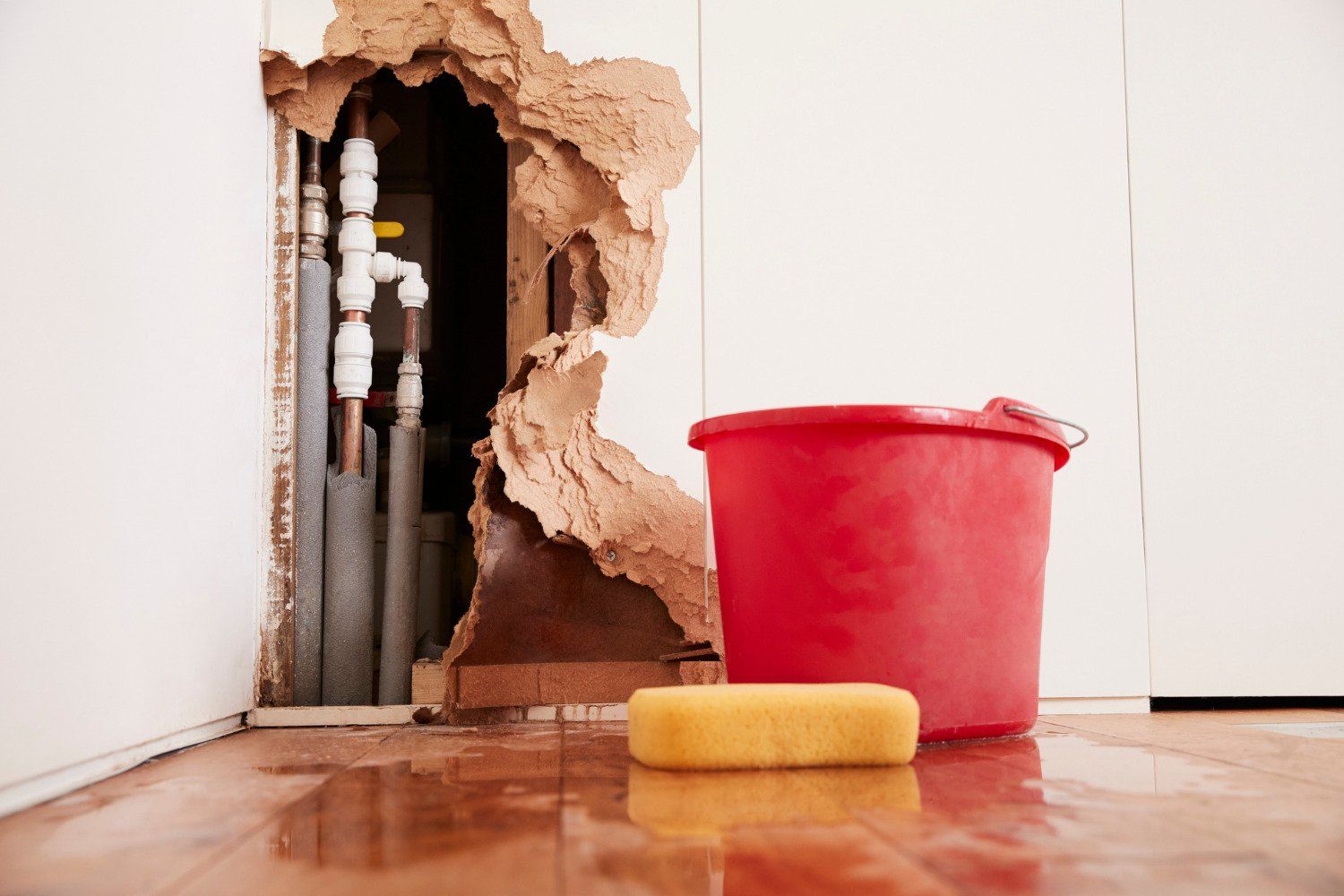Roofing Trends for 2025
Preparing Your Home for 2025

The Rise of Sustainable Roofing Options
It's my firm belief that staying ahead of the curve is crucial, especially when it comes to home improvements as significant as a roof replacement. With 2025 on the horizon, it's time to consider how emerging roofing trends can benefit your property, both aesthetically and functionally. A new roof is a major investment, and understanding these trends is key to making an informed decision that will pay off for years to come. The Rise of Sustainable Roofing Options
I’ve been observing a significant shift in homeowner priorities toward eco-conscious choices, and roofing is no exception. The demand for sustainable roofing solutions is clearly on the rise, driven by a desire to reduce environmental impact and save on energy costs.
Energy-Efficient Materials
The growing popularity of energy-efficient roofing materials is not merely a fad; it's a practical response to increasing energy costs and a growing awareness of environmental responsibility. Materials like solar tiles, which generate electricity, and specialized reflective shingles, which reduce heat absorption, are gaining traction. These materials can significantly lower your home's cooling costs during hot Texas summers, making them a smart investment. For instance, reflective shingles work by bouncing sunlight away from the roof, which keeps the attic cooler and reduces the workload on your air conditioning system. I’ve seen firsthand how this can translate to lower energy bills, sometimes by as much as 10-15%.
Moreover, these materials often come with added benefits, such as increased durability and resistance to weather damage. While the initial investment might be higher, the long-term savings and environmental benefits make them an increasingly attractive option.
Cool Roofs
Cool roofs are designed to reflect more sunlight and absorb less heat than standard roofs. This simple yet effective principle can make a world of difference in terms of energy consumption and urban heat island effect. A cool roof can lower surface temperatures by as much as 50-60 degrees Fahrenheit compared to a conventional roof, dramatically reducing the amount of heat transferred into the building.
The benefits extend beyond just lower energy bills. Cool roofs can also improve the lifespan of your roofing materials by reducing thermal stress. This is especially important in climates like Houston, where extreme temperature fluctuations can cause traditional roofing materials to expand and contract, leading to cracks and leaks over time. I believe cool roofs are not just a trend, but a necessary adaptation to our changing climate.
Green Roofing Systems
Green roofs, also known as living roofs, are roofing systems covered with vegetation and a growing medium, installed over a waterproofing membrane. While they might seem like a niche option, their popularity is growing rapidly, and for good reason.
The advantages of green roofs are numerous. They provide excellent insulation, reducing both heating and cooling costs. They absorb rainwater, reducing stormwater runoff and the strain on municipal drainage systems. They improve air quality by absorbing pollutants and releasing oxygen. And, of course, they provide a beautiful, natural aesthetic that can significantly increase property value.
However, green roofs do require careful planning and installation. The roof structure must be able to support the added weight of the soil and vegetation, and a proper drainage system is essential to prevent water damage. Despite these challenges, I am convinced that green roofs represent a valuable investment in the future, offering a multitude of environmental and economic benefits.
Of course, one counterargument against these sustainable options is the higher upfront cost. Traditional asphalt shingles often have a lower initial price tag. However, I believe that the long-term savings in energy costs and potential increase in property value more than compensate for the initial investment. Moreover, government incentives and tax credits are often available to help offset the cost of sustainable roofing materials, making them even more accessible.
Technological Innovations in Roofing
Beyond sustainable materials, I’m closely watching how technology is reshaping the roofing industry, making installations more precise, maintenance more efficient, and overall performance more reliable. These innovations are poised to make a real difference for homeowners.
Smart Roofing Technology
Smart roofing technology is an emerging field that integrates sensors, data analytics, and automation to monitor and manage roof performance. These systems can detect leaks, monitor temperature and humidity levels, and even predict potential problems before they occur. Real-time monitoring allows for proactive maintenance, preventing minor issues from escalating into major repairs.
For example, imagine a system that alerts you to a small leak in your attic before it causes significant water damage. Or a system that monitors the temperature of your roof and automatically adjusts ventilation to prevent ice dams from forming during the winter. These are just a few of the possibilities that smart roofing technology offers.
While the technology is still relatively new, I believe it has the potential to revolutionize the way we maintain and manage our roofs. As the cost of sensors and data analytics decreases, I expect to see smart roofing technology become increasingly commonplace in the years to come.
Roofing Software and Precision
Advanced software is playing an increasingly important role in all aspects of roofing, from design and planning to installation and maintenance. Sophisticated 3D modeling software allows contractors to create accurate roof designs that optimize for structural integrity, energy efficiency, and aesthetic appeal.
Software also enables more precise material calculations, reducing waste and ensuring that the right amount of materials are ordered for each project. During installation, laser-guided tools and drones can be used to ensure that shingles are installed correctly and that the roof is properly aligned.
The result is a higher quality roof that is more durable, more energy-efficient, and less prone to problems. I've seen how this precision can dramatically reduce the likelihood of leaks and other common roofing issues, saving homeowners money in the long run.
Automated Installation Processes
While fully automated roofing installation is still a ways off, advancements in automation are already making a significant impact on the roofing industry. Automated nail guns, robotic material handlers, and drone-based inspection systems are all helping to improve the speed, safety, and efficiency of roofing projects.
These technologies reduce the risk of human error, minimize worker fatigue, and improve overall productivity. They also allow contractors to complete projects faster and with fewer workers, which can translate to lower labor costs for homeowners. I think the increased safety alone makes the investment worthwhile. Roofing can be a dangerous job, and automation helps to minimize the risks involved.
One potential downside is the cost of implementing these technologies. Small roofing companies may struggle to afford the initial investment. However, as the cost of automation decreases and the benefits become more apparent, I expect to see these technologies become more widely adopted.
Market Trends and Homeowner Preferences
Beyond sustainability and technology, I believe that understanding current market trends and homeowner preferences is essential for making informed roofing decisions. A roof is a significant investment, and it should not only be functional but also aesthetically pleasing and in line with your personal style.
Aesthetic Preferences
Aesthetic preferences in roofing are constantly evolving, influenced by broader design trends and regional architectural styles. Currently, I'm seeing a growing demand for darker colored roofs, particularly charcoal gray and black, which provide a modern and sophisticated look. These colors also tend to absorb more heat, which can be beneficial in colder climates.
However, lighter colors are still popular in warmer climates like Texas, as they reflect more sunlight and help to keep homes cooler. In terms of design styles, I'm seeing a trend toward clean, minimalist lines and a preference for durable materials that require minimal maintenance.
Ultimately, the best aesthetic choice depends on your personal preferences and the overall style of your home. However, it's important to be aware of current trends and to choose a roofing material that complements your home's architecture and enhances its curb appeal.
Influence of Climate Considerations
Climate and regional weather patterns play a significant role in determining the best roofing materials for your home. In areas prone to hurricanes and high winds, such as the Gulf Coast, it's essential to choose roofing materials that are designed to withstand extreme weather conditions.
Impact-resistant shingles, metal roofing, and tile roofing are all good options for hurricane-prone areas. These materials are more resistant to wind damage and can help to protect your home from flying debris. In areas with heavy snow, it's important to choose roofing materials that can withstand the weight of the snow and prevent ice dams from forming.
In hot, sunny climates like Texas, it's important to choose roofing materials that are reflective and energy-efficient. Cool roofs, as mentioned earlier, are an excellent choice for these climates. I always advise homeowners to consider their local climate and weather patterns when choosing roofing materials.
Cost-Benefit Analysis of Roof Replacement
When it comes to roof replacement, it's important to consider both the upfront costs and the long-term benefits. While a cheaper roofing material might seem appealing at first, it may not be the best choice in the long run.
Factors to consider include the lifespan of the roofing material, its resistance to weather damage, its energy efficiency, and its potential impact on property value. A more expensive roofing material that lasts longer, requires less maintenance, and improves energy efficiency can actually save you money in the long run.
For example, metal roofing has a higher upfront cost than asphalt shingles, but it can last two to three times longer and requires very little maintenance. Metal roofing is also highly resistant to fire, wind, and hail, which can save you money on insurance premiums. I believe that a careful cost-benefit analysis is essential for making informed roofing decisions.
One common counterargument is that homeowners on a tight budget may not be able to afford the more expensive roofing materials. While this is certainly a valid concern, it's important to remember that there are financing options available to help offset the cost of roof replacement. Additionally, some roofing contractors offer discounts or incentives for using sustainable or energy-efficient roofing materials.
In conclusion, as we approach 2025, it's clear that the roofing industry is undergoing significant changes, driven by sustainability concerns, technological advancements, and evolving homeowner preferences. By staying informed about these trends, you can make the best choice for your home, ensuring that your new roof is not only functional and durable but also environmentally friendly and aesthetically pleasing. If you're in the Houston area and considering a roof replacement, feel free to contact us for a free estimate. We'd love to discuss your options and help you find the perfect roofing solution for your home.


